How to Attract Birds and Bees to your Outdoor Space
More than just pretty to look at, your garden wildlife is an essential part of a healthy ecosystem, responsible for natural pest control and pollination of your brightest plants.
We have specially curated a collection of gorgeous products to encourage wildlife to make an appearance in your outdoor space.
Bird Feeders, Nesters and Baths
It is common to forget about bird feed over Spring and Summer, as their natural sources of food are more readily available than in the cold of Winter. However, this is the time when birds will be looking after their chicks. Providing them with a ready source of nutritious food will help them feed their growing families.
Besides, who doesn’t love gourmet food served in a superb restaurant? That is the experience birds will have in your garden with our gorgeous feeders and delicious bird food.
And with our chic bird boxes, you can give your birds the complete luxury hotel experience. With over 405 bird species in the UK, ranging from the size of a 20p coin to a wingspan of over 2m, you are bound to attract some interesting clientele!
To complete the transformation of your garden to an unmissable holiday destination for your winged friends, ensure you have a bird bath topped up regularly with fresh water. When the temperature inevitably begins to rise, birds will look for the shimmer of water as they pass overhead. Bird baths are an essential stop for feather maintenance and refreshing themselves after a long flight. Bird baths are an especially important feature during periods of hot Summer weather, when spots of fresh water are even more difficult to come across.
Attracting Bees and Other Bugs
Across the UK, there are at least 27,000 types of insect. Increasingly, more and more species are becoming endangered. Whilst all serve their roles in maintaining our ecosystem and are important to protect, an undervalued member of the insect community is the solitary bee. Solitary bees can pollinate up to 120x more than a worker honeybee, making them a vital pollinator to protect.
Fortunately, it does not take a great deal of effort on your part to make your outdoor space an inviting haven for bees and other pollinators. The first step, predictably, is planting a range of flowers to attract them. A bee’s favourite flower will depend on its tongue, so a selection will help make the most bees happy - think of your flower garden as a buffet.
Our Seed mats are designed to make planting pollinator-friendly flowers as easy as possible. Simply roll out the bee mat on prepared soil and cover with about 5cm of sharp sand or compost to secure the mat, water them as necessary and you should soon have a beautiful arrangement of flowers to attract pollinators.
Solitary bees love little crevices and cracks to live in as these are spaces that are safe from predators and the elements. If you would like to add more spaces like this to your garden, you can hang a bee barn on a wall or a tree. Bee barns look cute and have different sized holes to attract different insects. Ideally, place the bee barn near your flowers for pollinators to find it easily.
Supporting the wildlife into your outdoor space is not only aesthetically pleasing but also an essential part of a healthy ecosystem. By providing nutritious bird food, luxurious bird boxes, and refreshing bird baths, you can create an unmissable holiday destination for your winged friends. Additionally, planting pollinator-friendly flowers and providing crevices for solitary bees can help protect these important pollinators.
With our specially curated collection of products, attracting wildlife to your garden has never been easier. Let's make our outdoor spaces a welcoming haven for all creatures big and small.
Shop for your Garden Friends ›

To show The Worm that Turned's support for wildlife in June, ALL our team are taking part in The Wildlife Trust's #30DaysWild Challenge.
Over the whole of the month of June, one or more of us will be doing one wild thing each day - from just staring at clouds to climbing mountains! Each task has a different element and falls under banners such as Moving in Nature, Connecting to Nature, Helping Nature, Look/Touch/Smell or Discovering Nature.
We think this is a really exciting and worthwhile initiative and we look forward to sharing more details of our wild (but not crazy) tasks. The 30 days wild challenge is a chance to show your support for wildlife over June too - and have fun doing it. It can be a great way to get children involved with nature and to show off your creativity with wildly different activities. To read about and join us in the challenge, why visit the Wildlife Trust website? It's packed with umpteen ideas and initiatives.
To get you started, the tips and curated products above are just one way to help you attract bees and bugs to your outdoor space. After all, what better way is there to go wild than to invite wildlife to your garden?
- choosing a selection results in a full page refresh
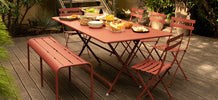


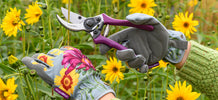





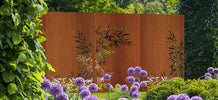
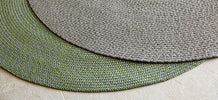


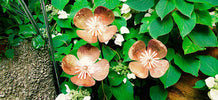










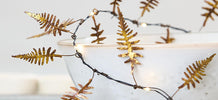













Comments
Follow Us
Previous Posts
Creating fat cakes for garden birds - Angela's recipe
Around the Fire: Trust, Betrayal and a Flame That Won’t Go Out
Fermob Trends 2025 - Precious Nature
12 Luxurious Garden Gift Themes
Garden Gifts to make their Christmas Special
Repotting Large Outdoor Plants: What You Need to Know
Fermob Trends 2025 - Ocean Wave
The Oxfordshire Gardener - February 2025
Nottingham Street Artist Soz Mate Brings Colour to Derby Street